The wholesale price of raw beans, the quality of raw beans of Yega Xuefei and Sidamo and the introduction of producing areas
For professional baristas, please follow the coffee workshop (Wechat official account cafe_style)
ETHIOPIA,YIRGACHEFFE,Cherry Red
Ye Jia Xuefei Red Cherry G1
| 01 | production area profile |
Unique geographical environment
Yirga cheffe is a small town in Ethiopia, 1700-2100 meters above sea level. It is one of the highest coffee producing areas in the world and is synonymous with Ethiopian boutique coffee. Lake Turkana, Lake Abaya and Lake Chamo bring rich water vapor here. The Rift Valley, represented by Misty valley, is foggy all the year round, like spring all the year round, with a gentle breeze, cool and humid, and thousands of coffee trees thrive, giving birth to the unique and unpredictable atmosphere of Yejia Xuefei's unique fragrance of flowers and fruits.
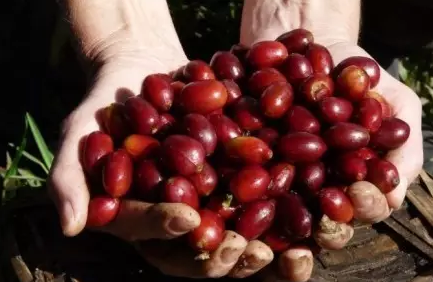
The Historical Origin of Yejia Xuefei
At first, Yejassefi's coffee trees were planted by European monks (a bit like Belgian monks growing wheat to brew beer), and later by farmers or cooperatives. Coffee trees are naturally scattered in forests, countryside and backyards. During the harvest season, the Ethiopian Coffee Trading Company will go to town to buy coffee beans collected by farmers and eventually sell them under the brand name "Yega Xuefei".
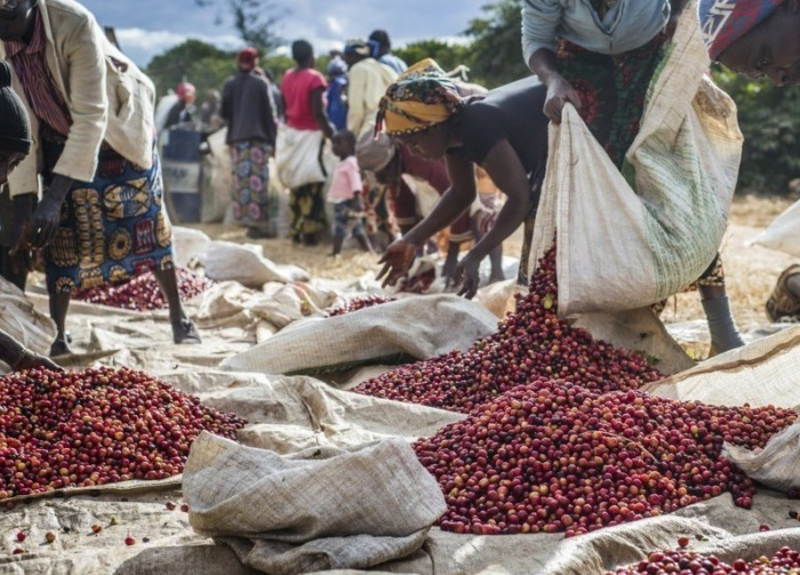
Sidamo grows in the southernmost Ethiopian plateau between 4600 and 7200 feet above sea level (Sidamo province). It is a famous boutique coffee area in southern Ethiopia, bordering Kenya, southeast of Gemma, just south of the capital, usually sweet and loved by most people. its annual output is about 225000 bags / 60kg, with a smaller bean body than Longberry, with gray in the green, and in the sun drying field in Sidamo. Coffee is placed in hemp net wooden frame, workers take turns in the sun exposure, manual stirring coffee, sun Sidamo is usually marked with G4 exit, washing Sidamo because the treatment process is more perfect, so most of them are exported at G2 level.
The coffee in Sidamo has a variety of flavors. Different soil types, microclimates and countless native coffee species, towering mountains, highlands, plateaus, valleys and plains, diverse topography, and the geology of the area belongs to nutrient-rich, well-drained volcanic soil. the depth of the soil is nearly two meters, and the surface soil is dark brown or brown. The biggest advantage of the area is that the soil fertility is maintained through the circulation of organic matter, using the withered leaves of the surrounding trees or the residual roots of the plants as fertilizer. Therefore, the coffee produced in cities and towns has obvious differences and characteristics. In 2010-2012, it continuously obtained the high score of CR92~94, the authoritative coffee evaluation website in the United States. Thus it can be seen that the raw beans in this area are extraordinary.
Sidamo Coffee beans are grayish, thick in some places and small in others, with soft and strong acidity, mellow and sweet and spicy. It is one of the courtyard coffees in the highlands of southern Ethiopia. Unlike ordinary African coffee, Sidamo has clear acidity, smooth taste and delicate floral smell.
About the Ethiopian sun exposure (high-shelf sun exposure):
In the past, the Ethiopian sun exposure method used to spread wild coffee fruits directly on the mud ground for exposure. This method has two disadvantages:
1. After picking beans without special screening and treatment, uneven appearance and maturity are mixed together, the process is relatively rough, so the quality of coffee beans is unstable and prone to defective beans.
two。 Coffee farmers usually find an open space near their home to deal with it, so there are often a lot of impurities or dirt on the ground, and coffee is easy to get smelly.
The improved method of tanning, that is, to improve the two shortcomings of the traditional way:
1. When picking beans, only fully ripe crimson coffee cherries are picked. Before exposure, the beans will be screened for defects in the processing plant to make the beans look more average in size and maturity.
two。 Next, use tall wooden frames or whole scaffolding for the sun to avoid the risk of beans smelling on the ground. In the process of exposure, take good care of the beans so that the coffee beans can be evenly exposed to water; every three to five days, coffee workers will manually screen out defective and moldy beans. Therefore, by the end of the exposure, before the beans enter the market to remove the peel and flesh, a bright crimson coffee cherry is already a grade with few defects.
After obtaining the raw coffee beans, sometimes in order to pursue the perfect taste, the final screening will be done, so this sunny sidamo can reach the highest level of G1.
Introduction of the producing area:
Shakisso is located in the southern part of Guji and Oromia, adjacent to Sidama and Gedeo. There are many pits in this area, which were used to mine gold in the early days, so there are many potholes in this coffee growing area. This makes people dangerous when walking between coffee growing areas. Shakiso is a unique producing area of Guji / Cedamori, and even in Cedar Morri is a remote area far from most coffee producing areas, and another famous local product is gold. Miners, land, ethnicity and other factors also destabilized the region in 2006. As a result, the biggest problem facing the region now is that ─ needs manpower to maintain the growing area and harvest coffee. Local small farmers began growing organic coffee in 2001 and work closely with medium-sized coffee producers because they are familiar with how to grow forest coffee in the highlands.
Shakisso/Shakiso 's coffee is quite unique, and the coffee it produces has repeatedly attracted market attention. The original meaning of Ninety Plus's legendary bean (nekisse) is from Shaquiso's Nectar from shakisso, and its producing area and name are all from Shaquiso Shakisso.
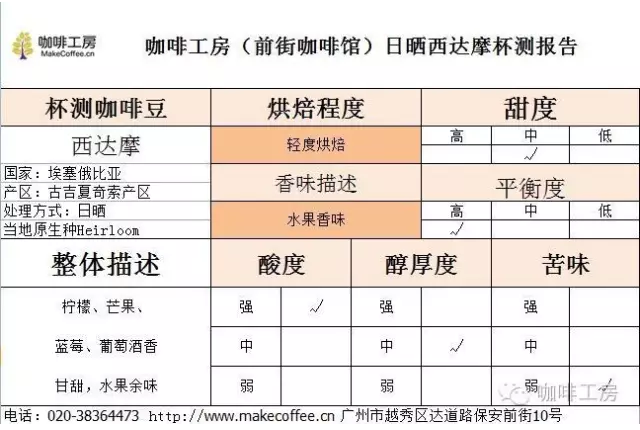
Ethiopian Sidamo Shakisso Natural
Country: Ethiopia
Producing area: Shaqisuo producing area in Guji region
Altitude: 1800-2000
Treatment: elevated bed solarization
Variety: local native species Heirloom
Producer: local small farmers
Flavor: lemon, mango, blueberry, wine aroma
About the Red Cherry Project OPERATION CHERRY RED
Speaking of the "Red Cherry Project", many friends are no stranger to this name. So what kind of project is the Red Cherry Project? Maybe only a few people can tell.
In order to improve the income of Ethiopian coffee farmers and improve the living standards of the local people, in 2007, Trabocca, a Dutch trader, launched the "OPERATION CHERRY RED PROJECT" Red Cherry Project with farmers from the producing areas. It is purely to encourage farmers to improve the quality of coffee beans. At the beginning of the harvest season in the producing area, Trabocca will specify a harvest plan for the microclimate area to harvest 100% ripe red coffee cherries by hand, with a yield of about 1500 kg-3000 kg.
The Red Cherry Project invested $5000 in 2008 to purchase new sun drying racks. In 2009, another $8000 was invested in the procurement of new sun drying racks and sunshade nets. A $9000 generator was invested in 2010 and a further $10000 was invested in 2011 to improve some local coffee transport roads to make transporting coffee more convenient and efficient. Trabocca offers interest-free loans to buy new coffee cherry meat removers and coffee bean sorters. In order to facilitate suppliers' procurement, a high-quality Addis Ababa coffee cup testing laboratory was built with an investment of US $14000 in 2012.
Trabocca provides financial loan support, new hardware equipment and production processing knowledge and technology to help farmers improve their production, promising to pay generous prices as long as the quality of actual output meets the cup test standards in Ethiopia's Addis Ababa and Amsterdama Cup in the Netherlands. The passing standard set by Trabocca is 88 points.
The coffee beans of the Red Cherry Project are immediately packed in plastic inner bags (GrainPro bags or vacuum box) immediately after the processing of the origin is completed, then shipped to Djibouti for shipping. Strive for perfect quality through immediate monitoring, safe transportation and timely and appropriate handling. As a result of this red cherry program, roasters can buy high-quality coffee beans, improve the quality of Ethiopian coffee and have better prices. Trabocca can also return profits to farmers, and continue to improve and improve the quality.
02 | processing method
This sun-treated coffee has slightly larger granules and slightly lower density and water content. Each coffee from this processing plant can be considered a high-quality refined coffee, which shows better characteristics than other coffees. no matter which method of treatment is used, the coffee beans here can be considered to be the best coffee in Yega.
After screening the available coffee cherries, the treatment factory puts the whole coffee cherries with intact pulp and peel in the elevated shed for sun treatment, which is a way of putting in high-intensity human labor, isolating contact with the ground, preventing the miscellaneous smell of soil in the process of sun exposure, and creating an unusually clean fruit flavor. After more than two weeks of sun exposure, the dark brown coffee fruit is stored professionally, waiting for the whole flavor to ripen. Before shipping, the processing plant will take the coffee beans out of the coffee cherries, and the sweetness can be imagined.
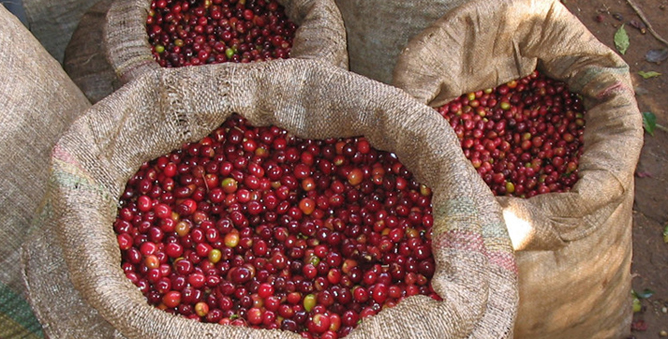
03 | Analysis of raw beans
On the grading of Yega Xuefei
According to the different ways of handling raw coffee beans, Yega Xuefei can be divided into two categories:
Category An is the washing method, and the grade standard is set by the American Fine Coffee Society SCAA. It is divided into Gr-1;Gr-2. The smaller the Arabic numeral is, the higher the grade is. The style of G1 Yega Chuefei is distinct. The flavor of citrus and floral flavor in the coffee liquid is an irresistible delicacy for everyone.
Category B is sun-treated coffee raw beans, with a grade of Gr-1;Gr-3;Gr-4;Gr-5, and the same highest grade G1 sun Yega Chevy is fruity. Opening the freshly baked G1 Sun Yega Chevy coffee bag can subvert people's original understanding of coffee. Only those who have tasted the highest grade sun Yega Chevy will believe that coffee is a kind of fruit.
Difference one
Two different ways to treat raw beans:
The coffee beans after harvest must enter the treatment program immediately, otherwise they will begin to ferment, making the coffee beans have a bad smell. There are two methods of treatment: "solarization" and "washing", which will cause different flavors.
Sun-dried beans have a complete natural mellow flavor, gentle aroma and more gum; washing rules have a good mellow taste, high aroma and lively sour taste.
Natural solarization (Natural/Dried-in-the-Fruit):
The fruit begins the process of sun drying without treatment after picking. This is the oldest method of treatment in existence. The drying process usually lasts about 4 weeks. The method of handling must be very strict to ensure that the coffee does not lose any flavor. The natural sun method requires the local climate to be extremely dry. In some areas, people use dryers to assist in the drying process of coffee fruit (the hot air of the dryer can speed up the drying process and help people control the degree of drying).
Complete washing method (Washed):
The peel, pulp and mucous membrane are removed by washing and fermentation. farms that use the washing method must build washing ponds and be able to introduce an endless supply of live water. During the treatment, the finished beans are put into the pool and passed back and forth, using the friction of beans and the power of running water to wash the coffee beans until smooth and clean.
After washing, at this time, the coffee beans are still wrapped in the pericarp with a moisture content of 50%. They must be dried to reduce the moisture content to 12%, otherwise they will continue to be mellow, moldy and rotten.
The better treatment method is to use sunlight drying, although it will take 1 ~ 3 weeks, but the flavor is very good and very popular.
Difference two:
Appearance of coffee beans
Raw beans: generally, washed raw beans are turquoise, and sun-washed raw beans are yellowish green.
Cooked beans: there is more silver skin washed in water and less in the sun.
Difference 3: the difference in taste
The difference between dried incense:
Cup test: [soak the coffee in the cup according to the ratio of 8 grams of powder to 150 ml of hot water at 94 degrees Celsius for 3-4 minutes until the coffee residue shell is formed]
Sun Yega Chuefei: light fermented wine, spices
Washed jasmine, lemon or lime acid
The difference in taste:
Sun Yega Chuefei: the sun is a little complex, light fermented wine, bitter taste will be more intense, taste will be much more rich, honey sweet, cocoa with a hint of spice, body thick and long-lasting.
Water washing Yega Xuefei: the acidity of the water washing treatment will be brighter, like citric acid, the taste is more delicate, citrus flavor is more obvious, and there is some black tea in the latter part.
Same: both will have a sour taste, such as lemon and citrus.
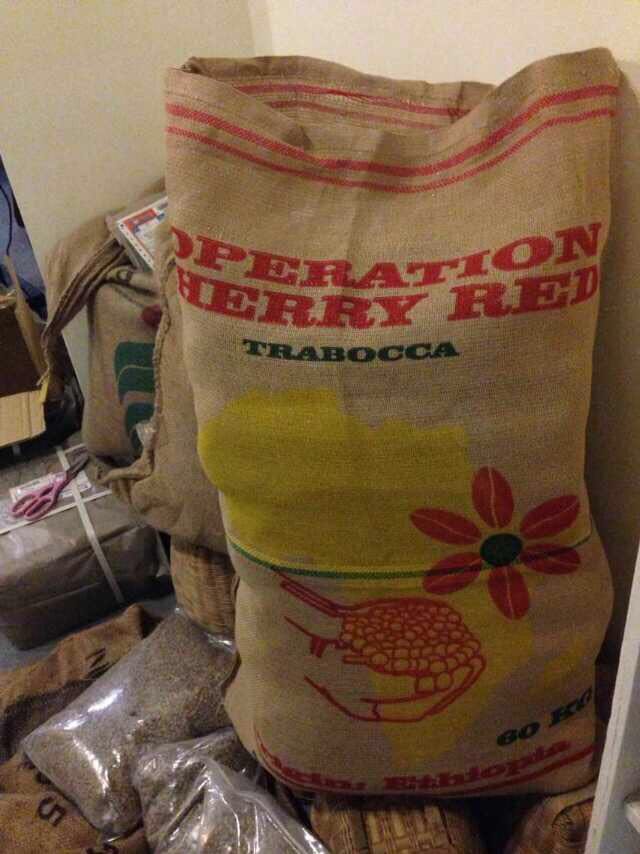
The export is packed in ordinary sacks, and Trabocca is printed and dyed on the sacks.
Yejia Xuefei body variety is a local native species, small grain species, the appearance is relatively round, the bean body is very small, mostly between 14 and 15 orders.
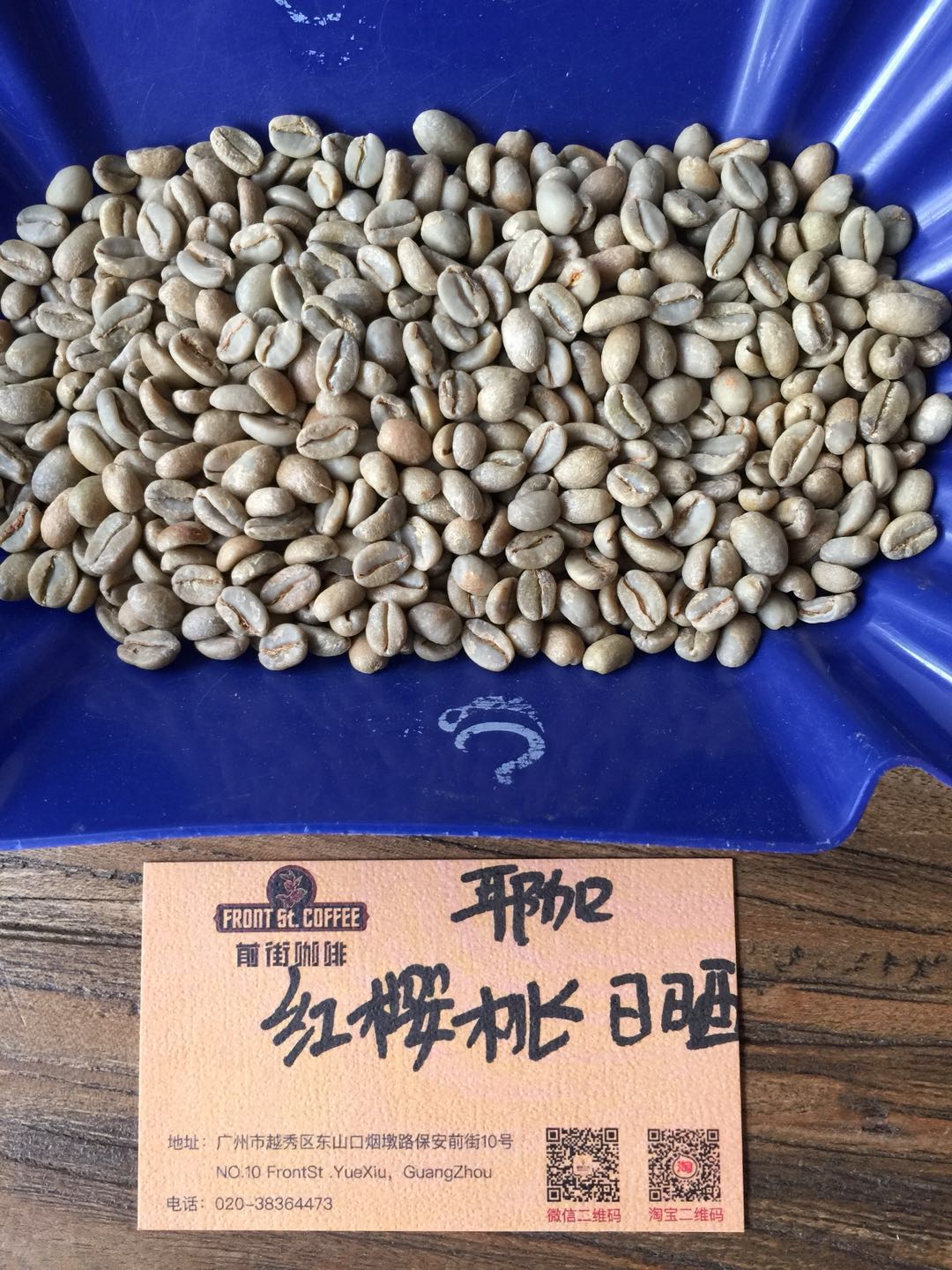
The color of Yirgacheffe Cherry Red Grade 1 raw beans is yellow and green, which is a typical color of sun-cured coffee, with uniform and plump particles and few defective beans.
04 | Baking analysis
Beans with such a gorgeous flavor are certainly not suitable for deep baking, so the shallow slow roasting method of this coffee can best reflect its round and sweet, rich flower and fruit aromas.
This coffee has relatively small particles, moisture content, heat absorption in the baking process is also relatively large, the Mena reaction process is also relatively fast.
In the first baking, the temperature of my beans is relatively high. Before the coffee beans are dehydrated and yellowed, I use 160 firepower to ensure that there is enough heat to last until the first explosion, develop directly to the second explosion, and determine the development of the area line.
In the second, third and fourth baking, the same bean temperature of 200, the same firepower, in the baking process gradually reduce firepower as needed.
This stove is a shallow roast for quick frying:
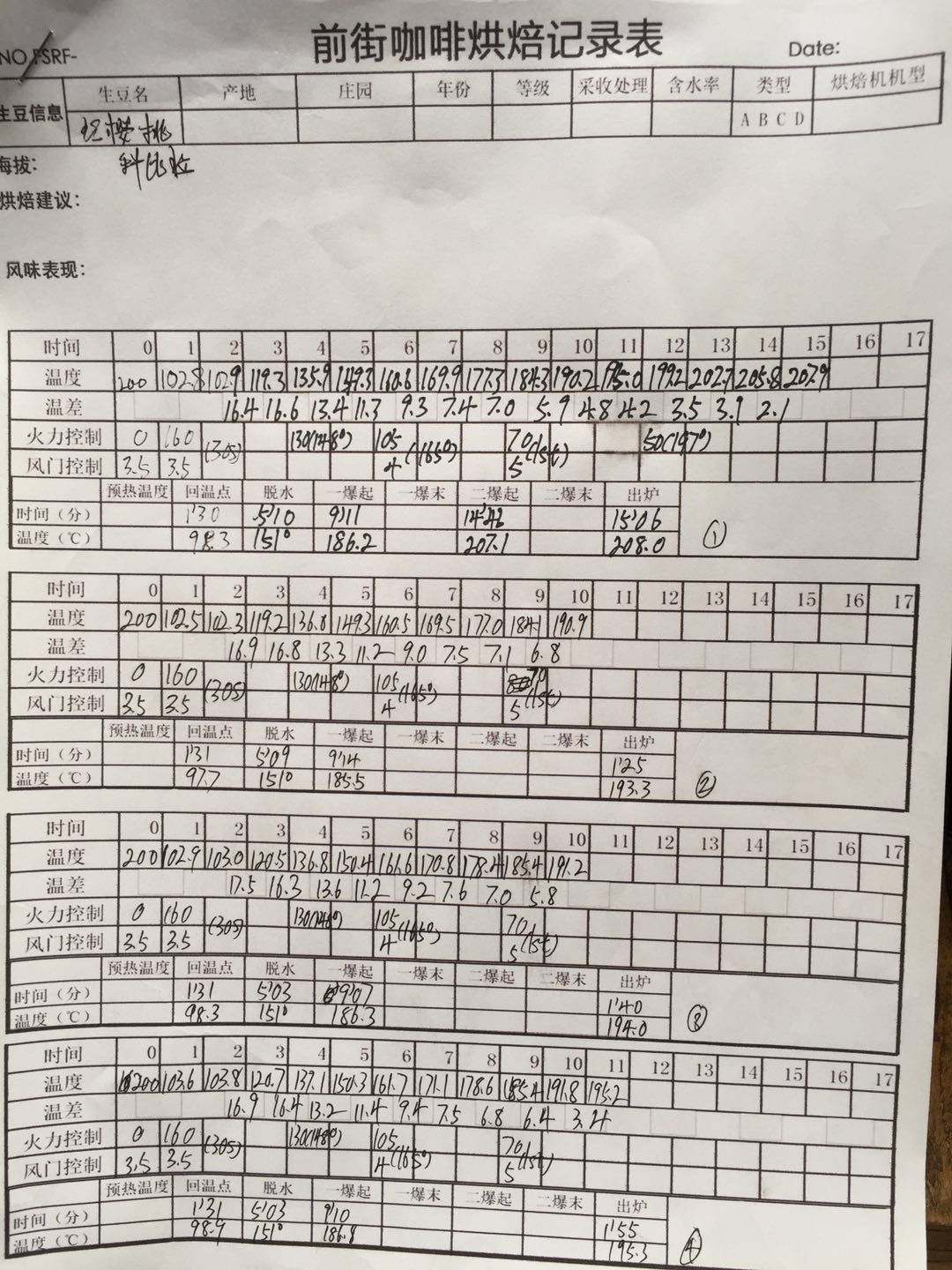
Cup test:
Roast one: strawberry, raspberry, vanilla, honeydew, juicy
Baking curve 2: strawberries, raspberries, vanilla, honey, juice
Roast two: manguo, black brin, citrus juicy
Baking curve 3: mango, black brin, blueberry, citrus juice
Roast three: citrus juicy, cream
Baking curve 3: citrus juice, cream
Roaster Yangjia 600g semi-direct fire
Using quick-frying mode, the furnace temperature is 200 degrees Celsius into the pan, the throttle is set at 3.5 degrees Celsius and the firepower is adjusted to 160 degrees after 1 minute, the throttle is unchanged, the firepower is adjusted once at 148 degrees, it is reduced to 130 degrees, baked to 5: 03 ", the temperature is 151 degrees, the bean table turns yellow, the smell of grass disappears completely, dehydration is completed, the firepower is adjusted to 105 degrees, and the throttle is opened to 4 degrees.
In the 8th minute, ugly wrinkles and black markings appear on the bean table, and the smell of toast obviously changes to the smell of coffee, which can be defined as a prelude to an explosion. At this time, listen clearly to the sound of the explosion point, start to explode at 9: 07 ", adjust the firepower to 70 degrees, and the throttle is fully open (the firepower should not be so small as to be free of bursting sound). Put the pot at 194 degrees.
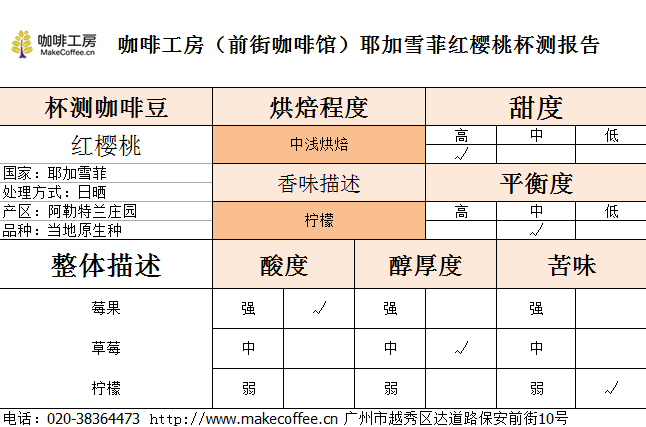
The dry aroma of Yejassefi is full of fruit, with strong aromas of dried fruit, strawberry, mango and apricot jam.
Wet fragrance is like sweet syrup, like sticky apricot juice, wrapped in plain honey or chocolate. The entrance is not strong, the mellow thickness is medium, the sour taste is not obvious, but it is lively and bright, like fruit black tea.
04 | Cooking analysis
The flavor of Yejia Xuefei
Cooking method
As for the way of brewing, hand brewing and siphon brewing are the best. When you grind the beans, you can smell the sweet smell of the sun fruit.
Gentle and delicate, sweet and lovely. Yega Chuefei exudes an extremely complex aroma and shows an extremely excellent taste that is difficult to describe.
First cooking: V60 filter cup, 15g powder, water temperature 90 degrees, grinding 4, ratio of water to powder close to 1:15
31 grams of water is steamed for 29s
Segment: water injection to 99ml cut off, slow water injection to 230ml
31-99-100
Palate: strawberry fruit is sour, with astringent tail and mixed taste.
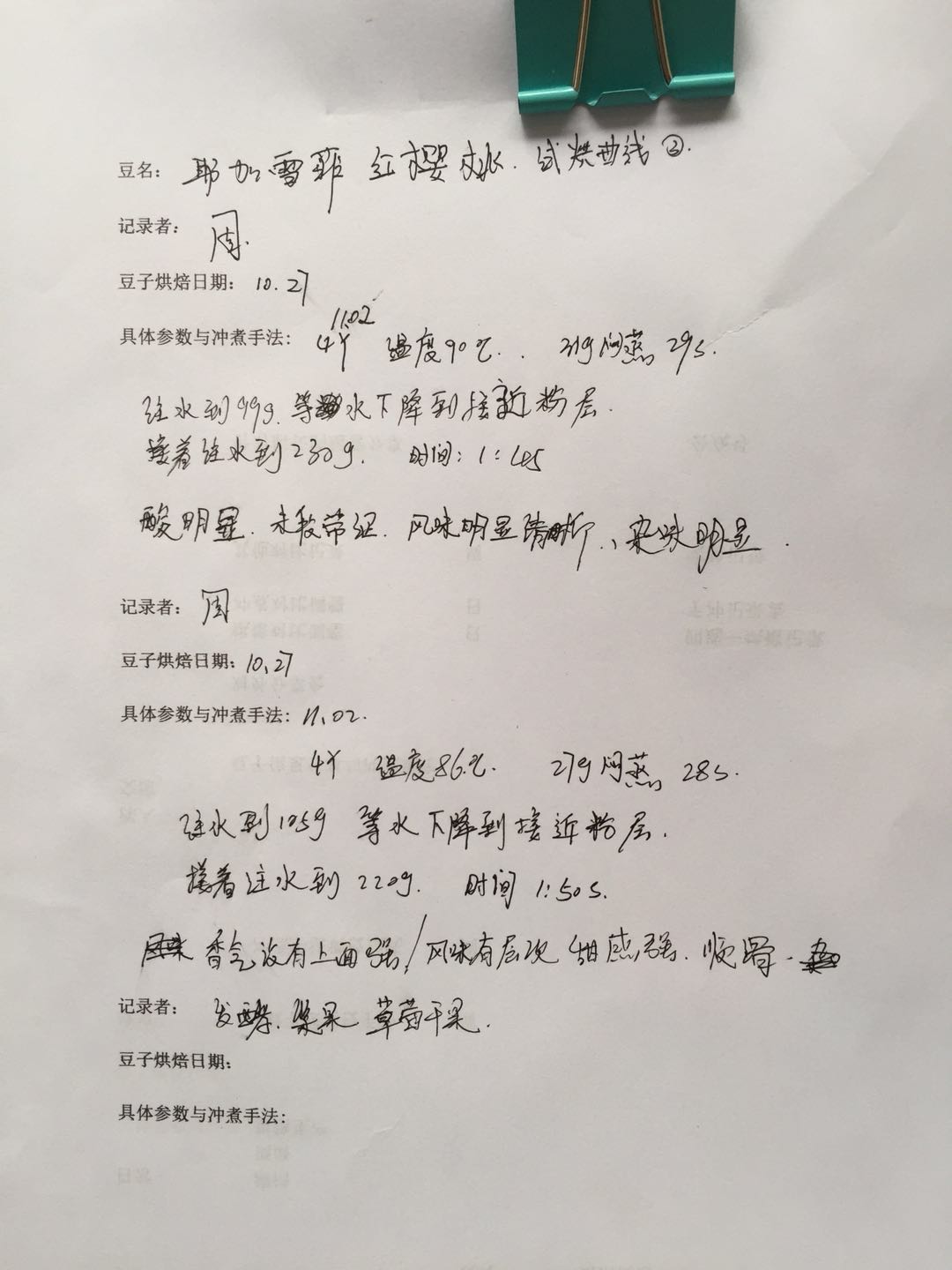
Adjust the grinding degree from 4 to 3.5 (fine) and lower the water temperature.
Second cooking (modified): V60 filter cup, 15g powder, water temperature 86 degrees, grinding 3.5
The ratio of water to powder is close to 1:15
27 grams of water is steamed for 28s.
Section: 27-105-88, time is 1:50 (steaming starts)
Palate: smooth, thicker flavor, layered, enhanced sweetness of fermented berries
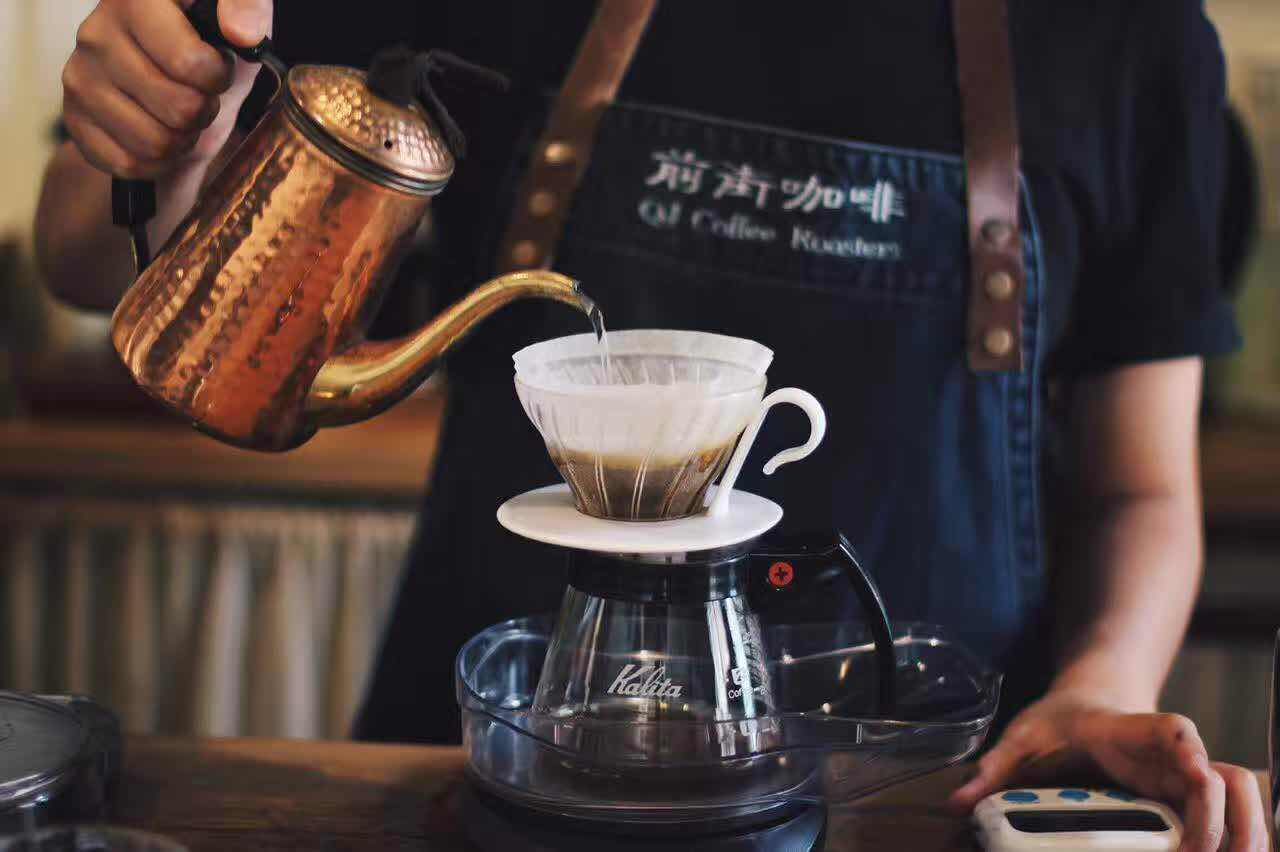
The flavor of the fermented wine of wet ripe berries makes people not believe that this is Yega Chuefei, but this kind of wet fragrance is not very popular. But from the extremely smooth entrance to the delicate mellow thickness, the sour and sweet appearance of ripe fruit is really amazing, more sweet than any Yega I have ever drunk before. Yu Yun's performance is also quite good, worthy of the "fruit bomb", which can basically guarantee that the mouth can still feel sweet for half an hour after drinking.
Taobao connection: https://item.taobao.com/item.htm?spm=a1z10.1-c.w4004-15673140431.8.2ebeaaf8iGfAu2&id=555060132728
Important Notice :
前街咖啡 FrontStreet Coffee has moved to new addredd:
FrontStreet Coffee Address: 315,Donghua East Road,GuangZhou
Tel:020 38364473
- Prev
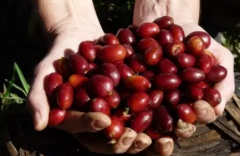
The difference between Yejasuefi and Sidamo, the flavor characteristics of Yejasuefi and Sidamo.
For the exchange of professional baristas, please follow the coffee workshop (Wechat official account cafe_style) ETHIOPIA,YIRGACHEFFE, Cherry Red Yejasuefei Red Cherry G01 | A brief introduction to the producing area. Yirga cheffe is a small town in Ethiopia with an elevation of 1700-2100 meters above sea level. It is one of the highest coffee producing areas in the world and Ethiopia.
- Next
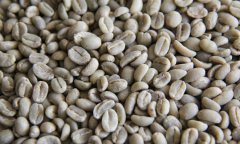
Ethiopia Cafa Forest data Information Mini Honey Mini-Me 2017 washed Coffee beans
Professional barista exchange please follow the coffee workshop (Wechat official account cafe_style) sensational hit Phoenix selected raw beans in Taiwan, Hong Kong and Macao, Ethiopia washing Fakafa Forest: mini Mini-Me 2017, entering the third generation batch, Phoenix selected raw beans exclusive top bean hunter Simon Hsieh continues to introduce the ultimate Ethiopia with the most stringent selection criteria.
Related
- Detailed explanation of Jadeite planting Land in Panamanian Jadeite Manor introduction to the grading system of Jadeite competitive bidding, Red bid, Green bid and Rose Summer
- Story of Coffee planting in Brenka region of Costa Rica Stonehenge Manor anaerobic heavy honey treatment of flavor mouth
- What's on the barrel of Blue Mountain Coffee beans?
- Can American coffee also pull flowers? How to use hot American style to pull out a good-looking pattern?
- Can you make a cold extract with coffee beans? What is the right proportion for cold-extracted coffee formula?
- Indonesian PWN Gold Mandrine Coffee Origin Features Flavor How to Chong? Mandolin coffee is American.
- A brief introduction to the flavor characteristics of Brazilian yellow bourbon coffee beans
- What is the effect of different water quality on the flavor of cold-extracted coffee? What kind of water is best for brewing coffee?
- Why do you think of Rose Summer whenever you mention Panamanian coffee?
- Introduction to the characteristics of authentic blue mountain coffee bean producing areas? What is the CIB Coffee Authority in Jamaica?

